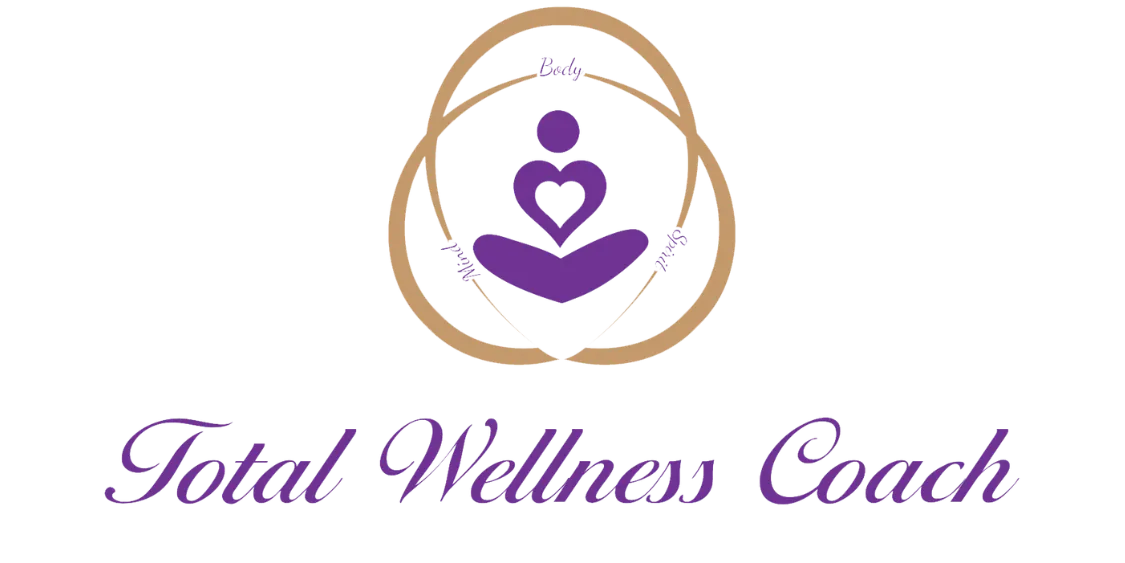Dream With Carol
BLOG

: Navigating Menopause: Tips for Managing Symptoms Through Fitness

Navigating Menopause: Tips for Managing Symptoms Through Fitness
Menopause is a natural transition that every woman goes through, marking the end of reproductive years. While it's a significant milestone, it can also bring about a range of symptoms that impact daily life. However, integrating fitness into your routine can be a powerful tool for managing these symptoms and promoting overall well-being. In this blog post, we'll explore some tips for navigating menopause through fitness.
Understanding Menopause Symptoms:
Before delving into fitness tips, it's crucial to understand the common symptoms of menopause. These may include hot flashes, night sweats, mood swings, fatigue, weight gain, joint pain, and changes in sleep patterns. While these symptoms can vary from woman to woman, many find that regular exercise can help alleviate them.
The Benefits of Exercise During Menopause:
Exercise offers a multitude of benefits that can help women manage menopausal symptoms more effectively. Physical activity can help regulate hormone levels, boost mood, improve sleep quality, increase energy levels, and reduce the risk of chronic diseases such as osteoporosis and heart disease. Additionally, exercise promotes weight management and helps maintain muscle mass and bone density, which may decline during menopause.
Fitness Tips for Managing Menopause Symptoms:
Cardiovascular Exercise: Engage in aerobic activities such as walking, jogging, cycling, swimming, or dancing to improve heart health, increase endurance, and reduce the frequency and severity of hot flashes.
Strength Training: Incorporate resistance training exercises using weights, resistance bands, or body weight exercises to build muscle strength, improve metabolism, and maintain bone density, reducing the risk of osteoporosis.
Flexibility and Balance Training: Practice yoga, Pilates, or tai chi to improve flexibility, balance, and posture, reducing the risk of falls and joint pain associated with menopause.
Mind-Body Practices: Explore relaxation techniques such as meditation, deep breathing exercises, or guided imagery to reduce stress, promote relaxation, and improve sleep quality.
Consistency is Key: Aim for at least 150 minutes of moderate-intensity aerobic exercise or 75 minutes of vigorous-intensity exercise per week, along with strength training exercises on two or more days per week. Consistency is crucial for reaping the full benefits of exercise.
Listen to Your Body:
While exercise can be immensely beneficial during menopause, it's essential to listen to your body and tailor your workouts to your individual needs and preferences. If you experience discomfort or pain during exercise, adjust your routine accordingly and consult with a healthcare professional if necessary.
In Conclusion:
Navigating menopause can be challenging, but incorporating regular exercise into your routine can help manage symptoms and promote overall well-being. By engaging in cardiovascular exercise, strength training, flexibility and balance exercises, and mind-body practices, you can support your physical and emotional health during this transitional phase. Remember, consistency and self-care are key components of a successful fitness regimen. Embrace the power of fitness to navigate menopause with confidence and vitality!
Certified Health Coach, Natural Intuitive, 7th Generation Shamanic Reiki Master, and an Ageless Grace® Educator, Carol Lake is here and ready to help!

